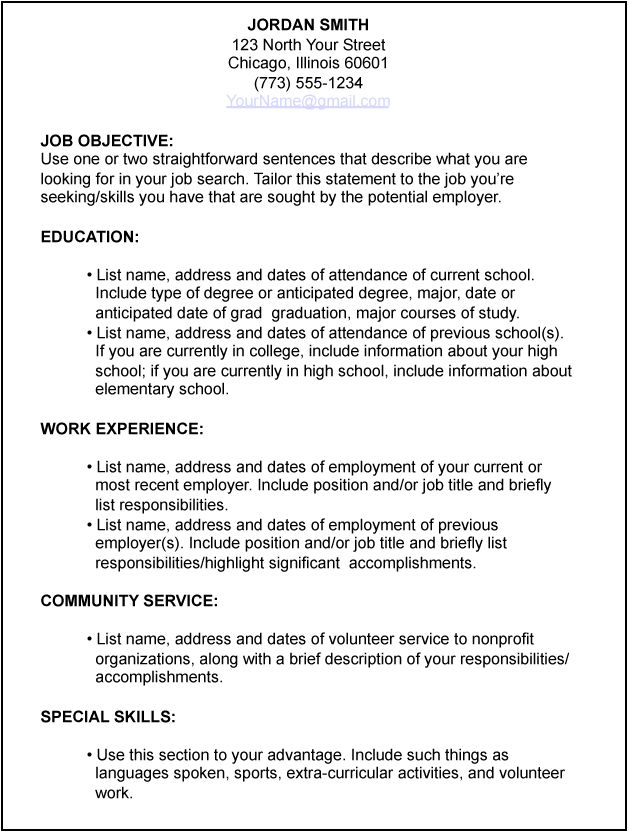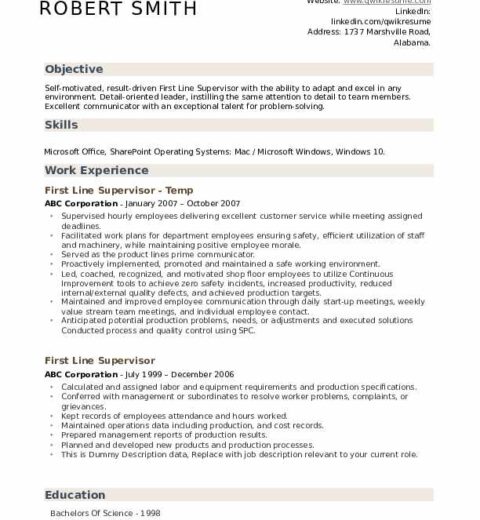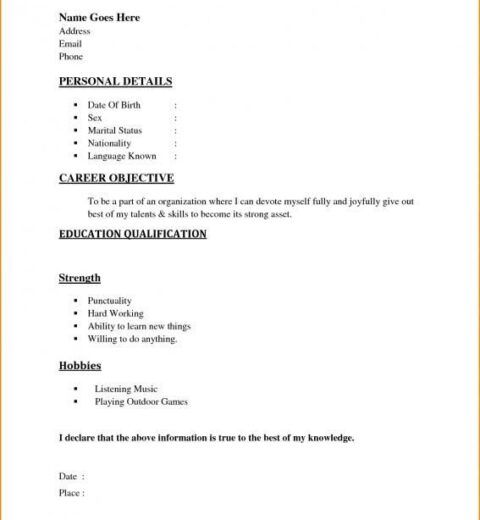In the contemporary job market, a resume is not merely a list of employment; it is a strategic tool that conveys your professional persona. Constructing a proper resume that captures attention and garners interviews requires a blend of artistry and meticulous detail. This endeavor may seem daunting, yet by understanding the essential components and the psychology behind hiring decisions, you can create a document that not only lists qualifications but also narrates your professional journey compellingly.
First, consider the purpose of a resume: its primary role is to secure an interview. Your resume must serve as a captivating billboard of your skills, experiences, and accomplishments. To achieve this, you must adopt a mindset that shifts your perspective from simply enumerating your previous roles to crafting a narrative that highlights your value proposition. Let’s delve deeper into the strategic elements of constructing this pivotal document.
1. Know Your Audience
Before penning a single word, research the company and the specific role for which you are applying. Understanding the organization’s culture, values, and the expectations of the hiring manager creates a tailored approach that resonates with them. What does the company prioritize? Is it innovation, teamwork, leadership? Tailoring your resume to align with these values will set you apart from the myriad of generic applications flooding their inbox.
2. Choose the Right Format
The format of your resume can significantly impact its effectiveness. Traditionally, there are three formats: chronological, functional, and combination. The chronological format emphasizes your work history and is ideal for those with a steadfast career path. Conversely, the functional format highlights skills over timelines and suits individuals with gaps in employment or varied experiences. A combination format marries the two, showcasing key skills while still presenting a detailed employment history. Choosing a format that best represents your experience is crucial for effectively communicating your narrative.
3. Crafting an Engaging Summary
Your resume should begin with a succinct summary that encapsulates your professional ethos. This summary is an opportunity to provide a snapshot of your career that grabs attention. Instead of a dry recitation of titles and years, infuse this section with passion and purpose—articulate what drives you and the impact you have made in previous roles. A compelling summary can transform your resume from a list into a coherent story of your professional evolution.
4. Highlight Accomplishments over Responsibilities
When detailing your work experience, focus on accomplishments rather than mundane responsibilities. Utilize action verbs and precise metrics to quantify your contributions. For instance, instead of stating you “managed a team,” you might say, “spearheaded a team of 10 to exceed quarterly sales targets by 25% through strategic outreach and innovative negotiation techniques.” This shift from responsibility to achievement not only underscores your capabilities but also emphasizes your potential impact on future employers.
5. Tailor for the Job
A one-size-fits-all approach is antithetical to effectively capturing your audience’s attention. Each resume should be meticulously tailored to the specific job description. Analyze keywords within the job posting and incorporate these into your resume where applicable. Many companies utilize applicant tracking systems (ATS) that screen resumes for these keywords, so ensuring that your resume aligns with the job requirements increases your chances of making it through this initial digital gatekeeper.
6. Incorporate a Skills Section
A dedicated skills section is essential in elucidating your technical and soft skills. This section should be a blend of hard skills—such as proficiency in software, languages, or tools relevant to your field—and soft skills, like leadership, adaptability, and communication. Consider how these skills contribute to the team or company at large. A well-rounded skills section is indicative of a comprehensive professional, capable of thriving in multifaceted environments.
7. Design and Aesthetic Considerations
While content is king, presentation cannot be overlooked. An aesthetically pleasing resume that employs sufficient white space, consistent font choices, and tasteful color accents can foster a positive first impression. Avoid cluttering your resume with excessive graphics or fonts that detract from readability. Simple, elegant designs often elicit a more professional response and allow your accomplishments and qualifications to take center stage.
8. Proofread and Edit Relentlessly
A resume rife with errors is a surefire way to signal carelessness to potential employers. Scrutinize your document for spelling, grammar, and punctuation errors. Even the simplest mistakes can undermine the professionalism you aim to convey. Consider enlisting a trusted colleague or mentor to review your resume; a fresh pair of eyes might catch discrepancies and provide valuable feedback.
9. Include Additional Sections Judiciously
Supplementary sections—such as volunteer experience, certifications, and professional affiliations—can bolster your resume by providing further evidence of your commitment to your field and community involvement. These sections should enhance your narrative, not distract from it. Exercise discretion and ensure that each additional piece enriches the overall presentation of your qualifications.
10. The Final Touch: A Strategic Closing
Conclude your resume with a statement that encourages further engagement. Phrases like “looking forward to discussing how my experience can contribute to [Company Name]” can create a pathway for future communication, emphasizing your enthusiasm for the opportunity. This final touch can leave a lasting impression, postulating you as an active candidate eager to join their ranks.
In summation, constructing a proper resume is a nuanced process that requires consideration, creativity, and a strategic outlook. By focusing on your audience, emphasizing accomplishments over responsibilities, and ensuring an impeccable presentation, you can craft a resume that not only attracts attention but also compels potential employers to invite you for an interview. Embrace the challenge with an innovative mindset, and transform your resume into a powerful advocate for your career advancement.




